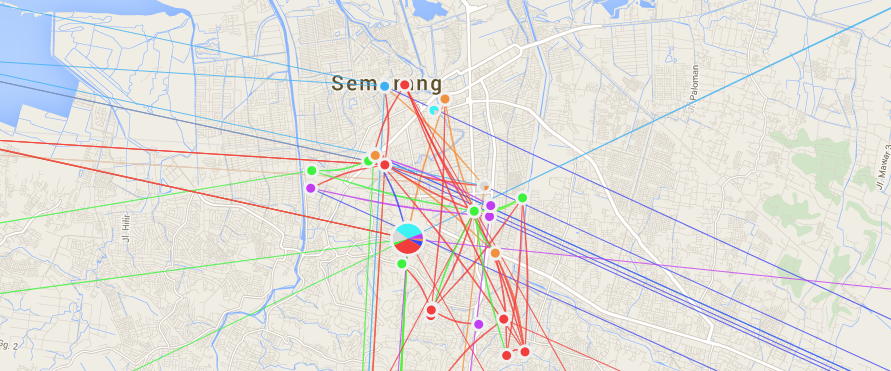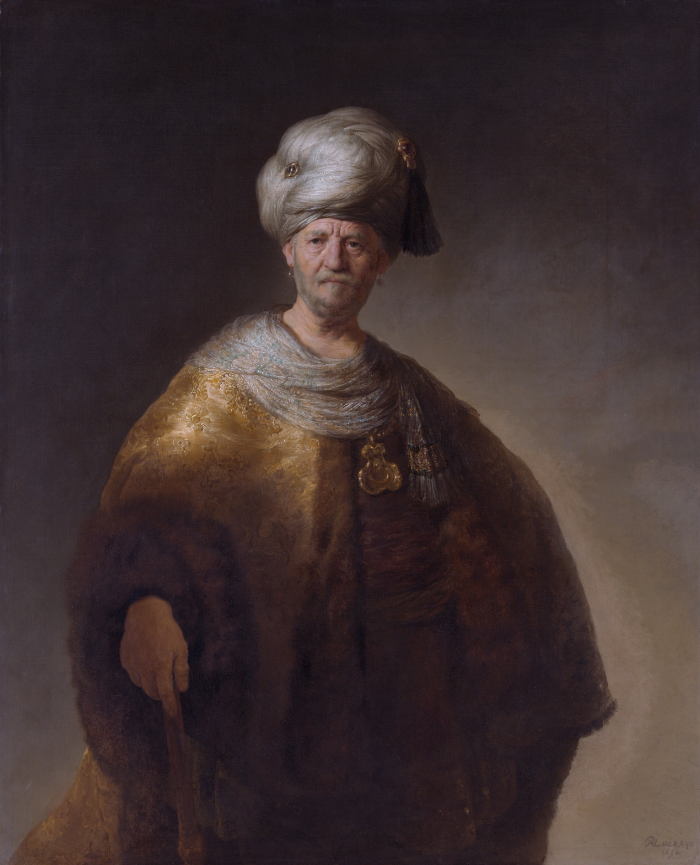Mapping Memory Landscapes in nodegoat, the Indonesian killings of 1965-66
CORE Adminnodegoat is developed as a collaborative research environment that supports participatory research projects. To test its ability to combine various participatory roles with its ability to digest complex and heterogeneous data, we spent two weeks in Semarang, Indonesia working with a group of students to reveal an infrastructure of violence. These students interviewed survivors of state-sanctioned violence and entered the information they gathered directly into nodegoat. Based on these interviews, the students visited a number of sites and interviewed people who lived or worked on these sites. As the data came from personal accounts only, the visualisations that are produced in nodegoat can be characterised as memory landscapes. In this blog post we will describe both the process and the methodology of this project.

The Dutch Institute for War, Holocaust and Genocide Studies (NIOD) has set up a cooperation with the Universitas Katolik Soegijapranata (UNIKA) in Semarang, Indonesia that aims to address the anti-communist/leftist violence of 1965-66 in Semarang and the following years. The project that has emerged from this cooperation, ‘Memory Landscapes and the Regime Change of 1965-66 in Semarang’, is led by dr. Martijn Eickhoff (NIOD) and has resulted in two workshops at the UNIKA University in Semarang organised by Donny Danardono. The first workshop took place in January 2013, the second workshop was held in June 2014. During these two workshops students from UNIKA collected data on anti-communist/leftist violence by combining oral history and anthropological site research. The data includes relations between people as well as locations connected to the events of 1965 and the following years (e.g. places of mob violence, temporary detention, interrogation, torture, murder and mass burial). [....]
